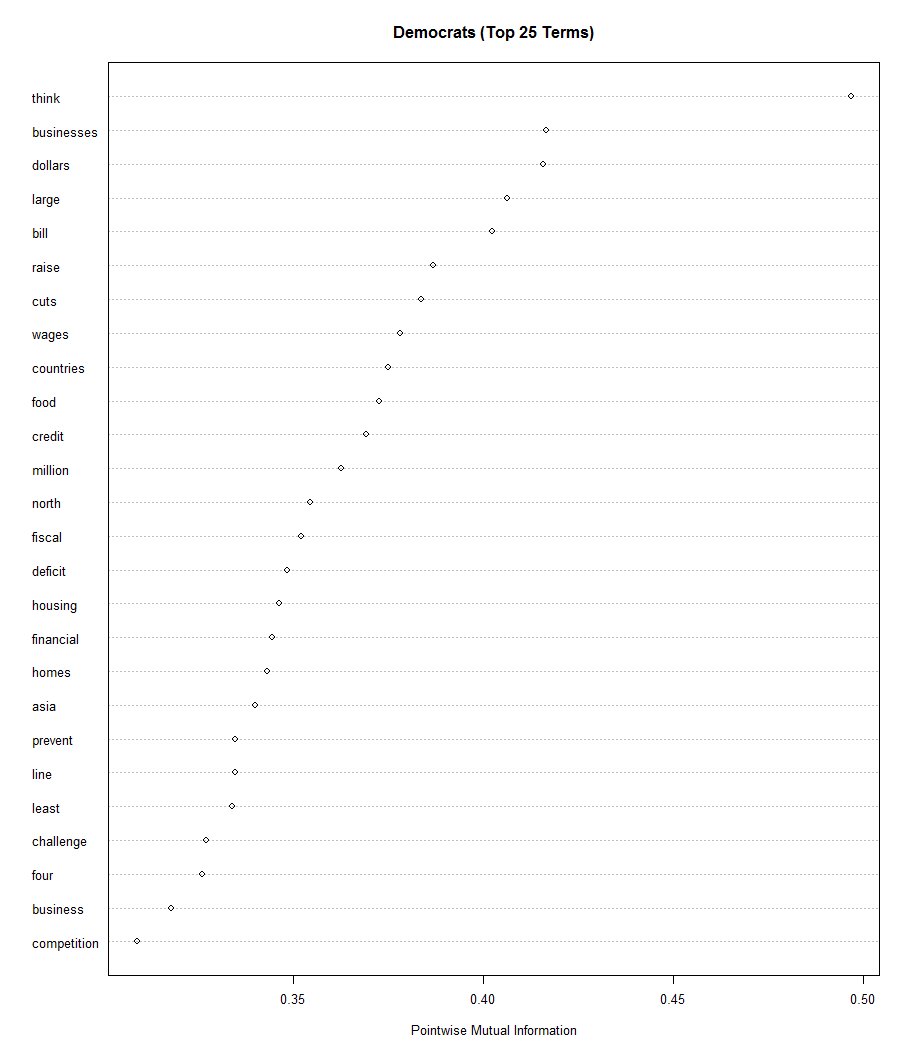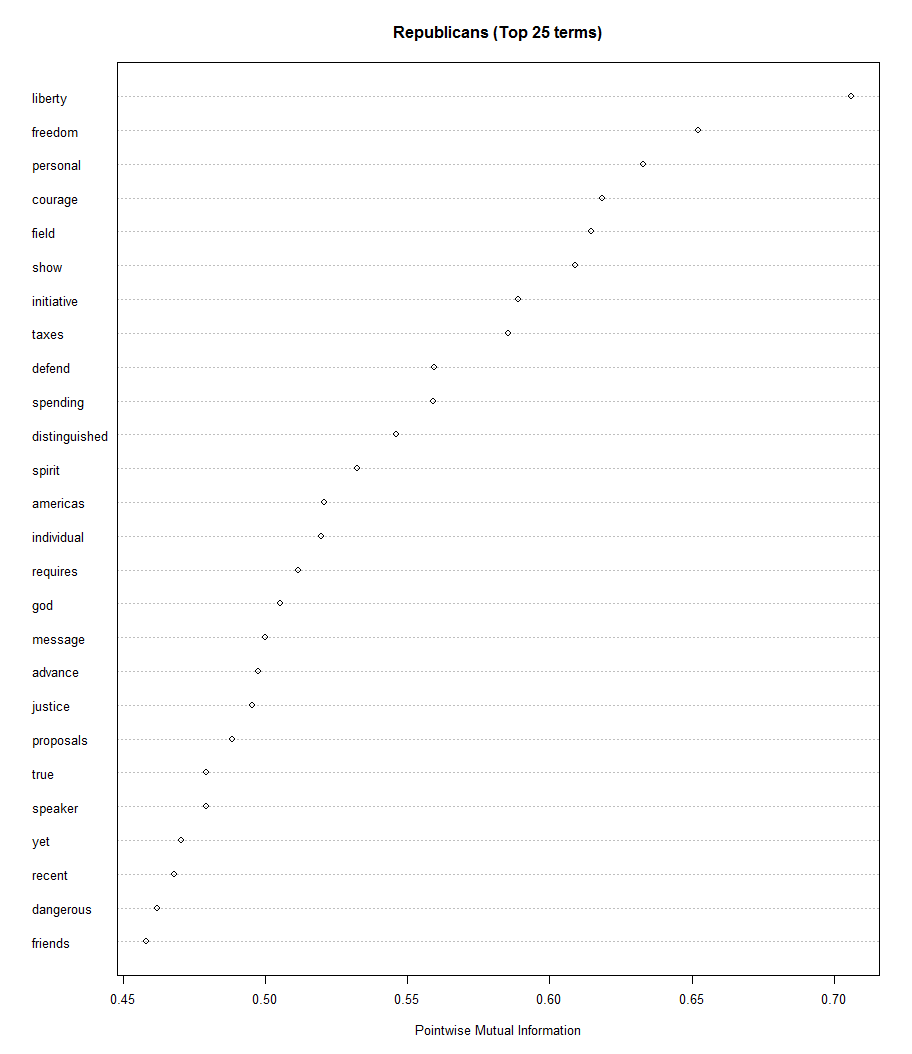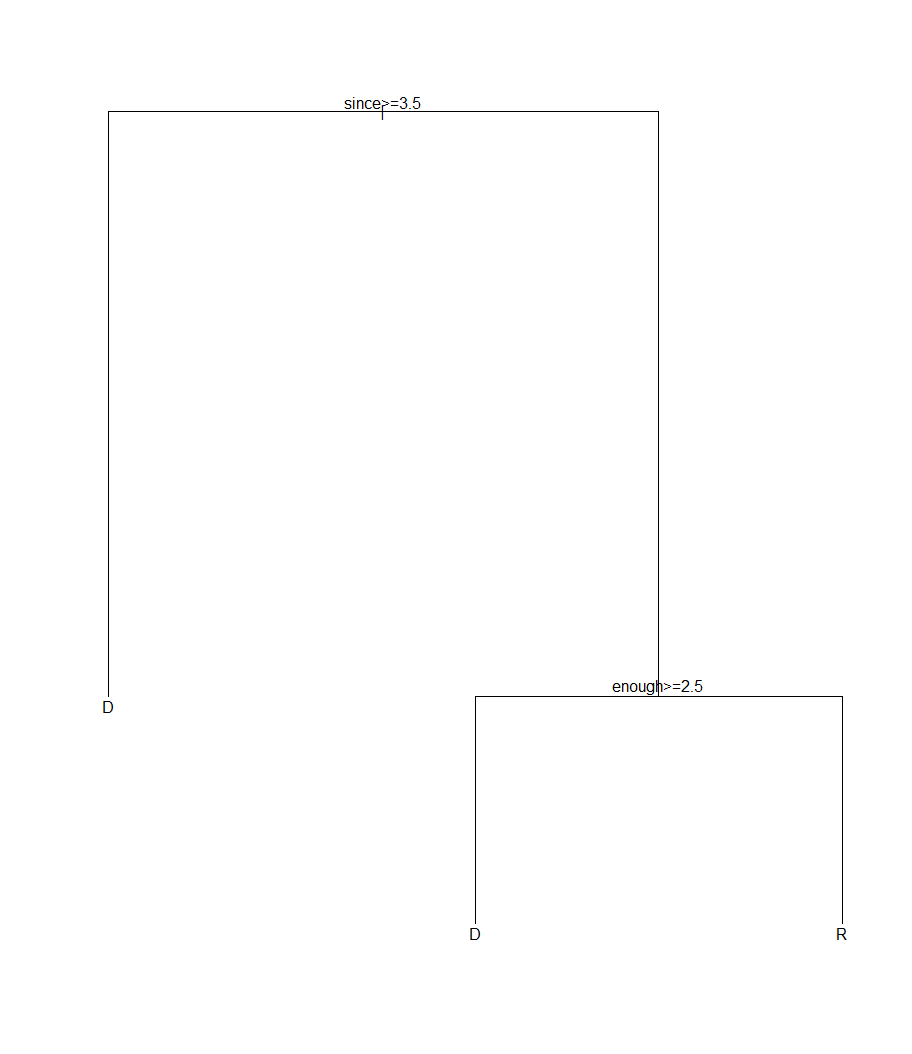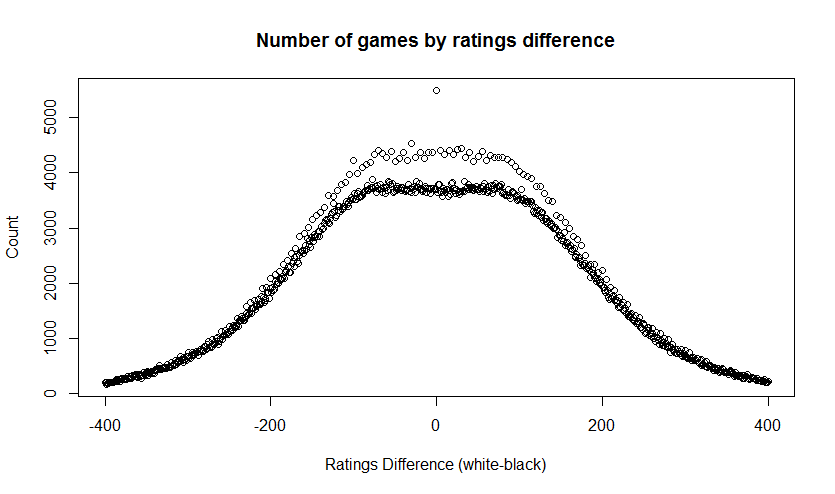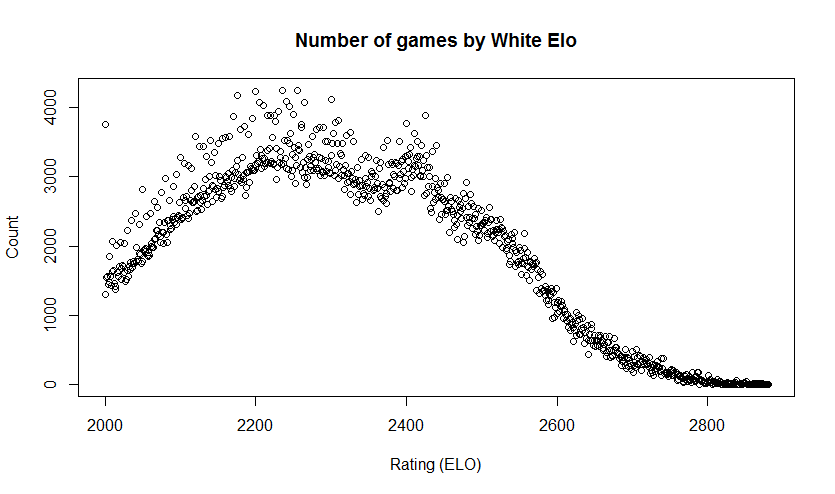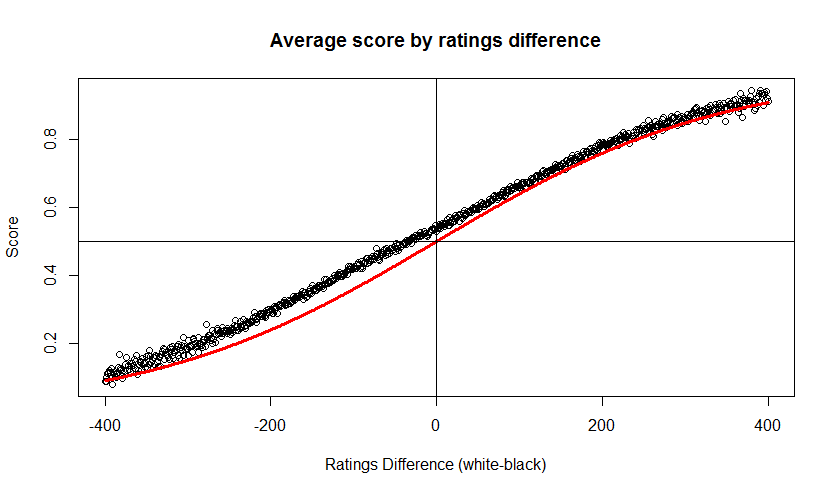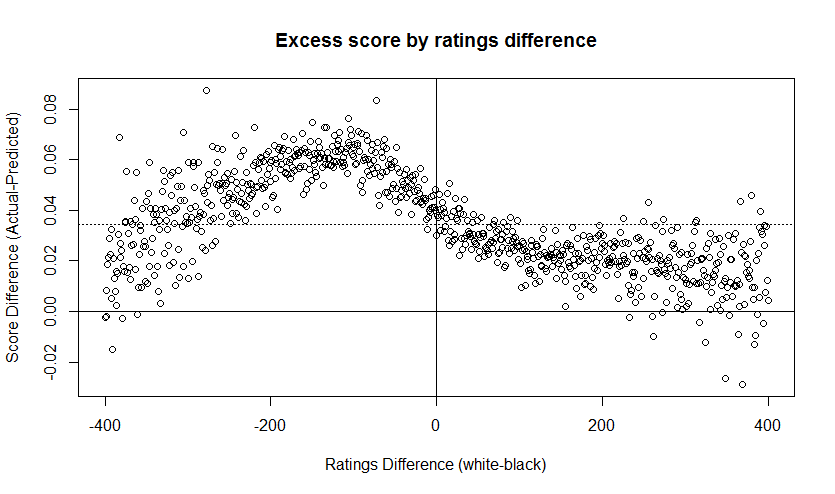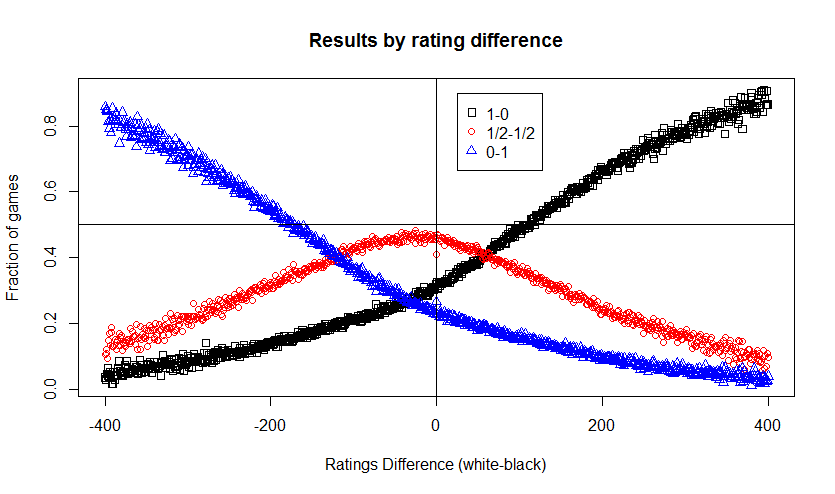Last Wednesday, March 26th, on Document Freedom Day, OASIS submitted Open Document Format 1.2 standard to the ISO/IEC JTC1 Secretariat for transposition to an International Standard under the Publicly Available Specification (PAS) procedure.
If you recall, the PAS procedure is what we used back in 2005 when ODF 1.0 was submitted to ISO and was approved as ISO/IEC 26300. ODF 1.1 used a different procedure and was processed as an amendment to ISO/IEC 26300. Since ODF 1.2 is a much larger delta to the previous version it makes sense to take it through the PAS procedure again.
The PAS transposition process starts with a two month “translation period” when National Bodies may translate the ODF 1.2 specification if they wish. This is then followed by a three-month ballot. Following a successful ballot any comments received are reviewed by all stakeholders and resolutions determined at a Ballot Resolution Meeting (BRM).
I am notoriously bad at predicting the pace of standards development, but if you add up the steps of the process, this looks like a ballot ending in Q4 and a BRM around year’s end.
